
Not every ghost building stays ghostly. Some hulking factories, derelict jails, and silent asylums don’t end up as rubble—they get a new lease. With the right vision (and a few million dollars), these empty shells have been reborn as homes, hotels, galleries, and more. The bones are old, but the purpose? Brand new.
Before: The Royal Hospital for Women – Paddington, New South Wales, Australia
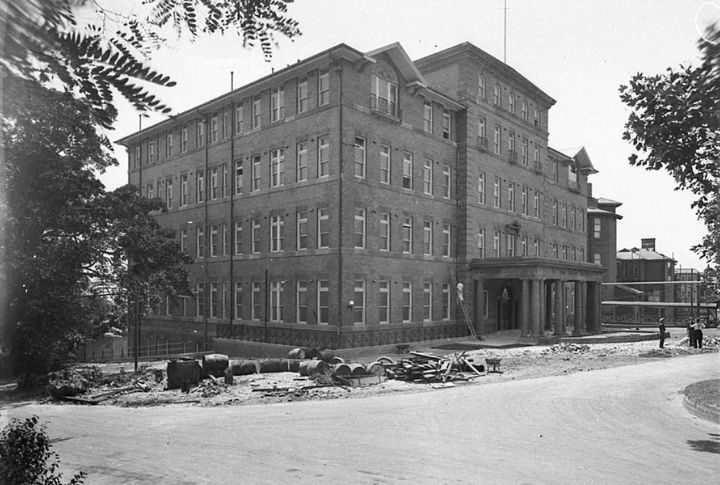
Originally established in 1901 by the Benevolent Society, the Royal Hospital for Women served underprivileged women in Paddington, including unmarried migrants. It quickly became a cornerstone of women’s healthcare, opening one of the country’s first antenatal clinics and shaping midwifery in Australia. Its services changed how maternal care was delivered across New South Wales.
After
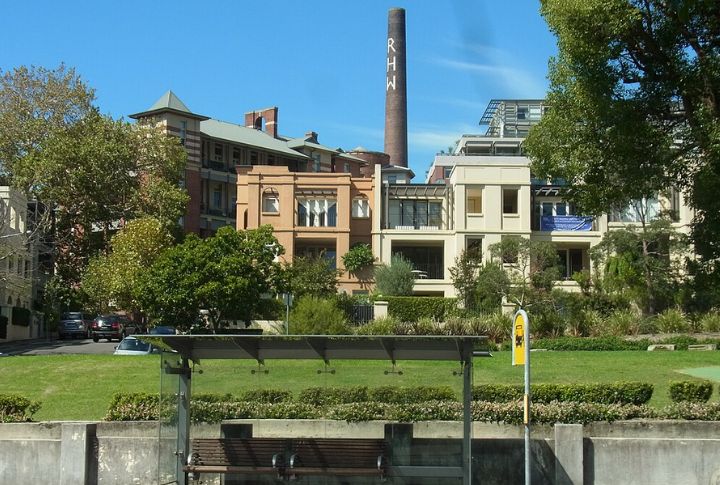
In 1997, the hospital relocated to Randwick. The Paddington site was then transformed into upscale residences as part of the Paddington Green project. The historic building now contains architect-designed apartments, including a penthouse that sold for AUD$20 million in 2023. Features include a pool, gym, and balconies overlooking Sydney, blending heritage with luxury.
Before: Battersea Power Station – London, UK
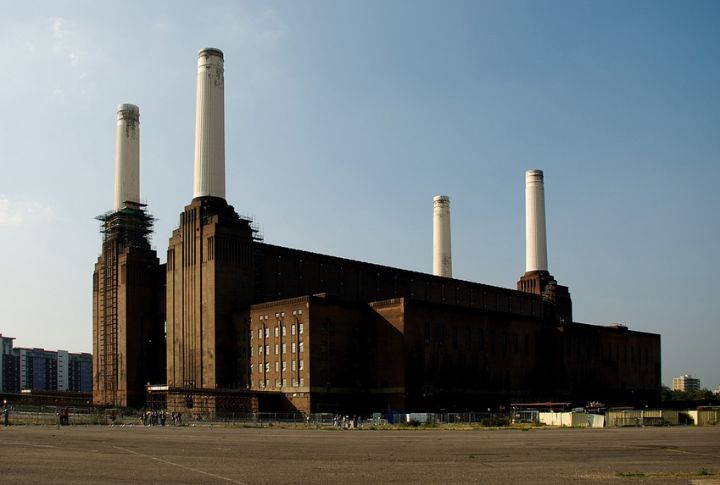
Built between 1929 and 1935, Battersea Power Station once supplied electricity to a fifth of London, powering landmarks like Buckingham Palace. After phased decommissioning ending in 1983, it fell into disrepair. Still, its iconic Art Deco design earned a Grade II* listing in 2007, preserving it from demolition but leaving it in limbo.
After

In 2012, redevelopment began on the site after its $646 million purchase. The restored power station reopened with over 250 apartments and 100 shops, cafes, and restaurants. Its original structure remains intact, now home to Apple’s London HQ. The updated site is a thriving mixed-use destination that honors its industrial past.
Before: Buffalo State Asylum – New York, USA

Designed by H.H. Richardson in the late 1800s, the Buffalo State Asylum exemplified Romanesque architecture and led psychiatric care in New York. After it closed in the 1970s, it deteriorated rapidly, drawing curiosity from explorers and preservationists. Despite its National Historic Landmark status, large parts were left to crumble.
After
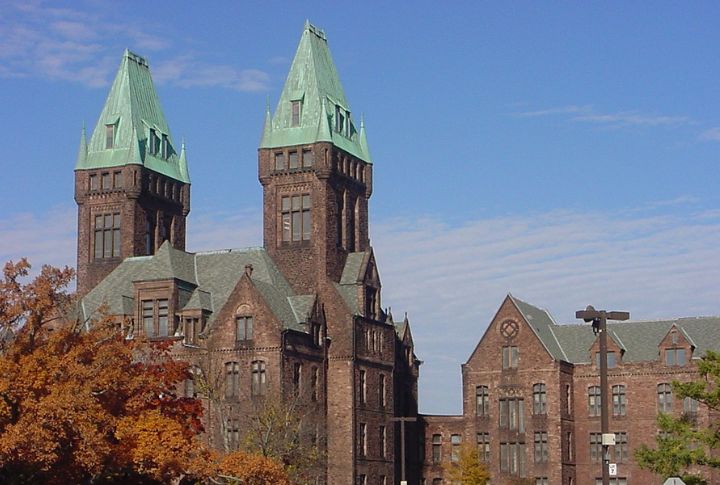
In 2014, restoration began, and by 2017, three buildings reopened as Hotel Henry. The boutique hotel featured 88 rooms, a restaurant, and galleries while maintaining the original exterior. Though Hotel Henry closed in 2021, the site continues to be used for cultural and community events, keeping its legacy alive.
Before: Colossus of Prora – Rügen, Germany
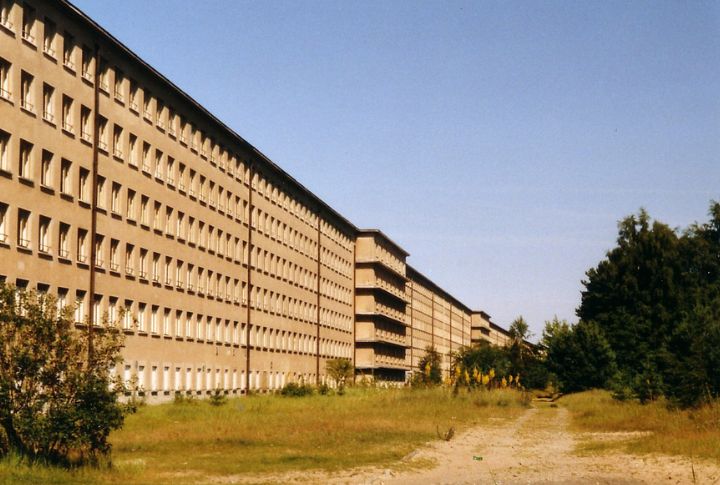
Commissioned by the Nazi regime in 1936, the Colossus of Prora was meant to house 20,000 vacationers. The war halted its completion. Over decades, it served as military housing, a hospital, and a youth camp. Eventually abandoned, the 4.5-kilometer structure loomed unused along the Baltic Sea.
After
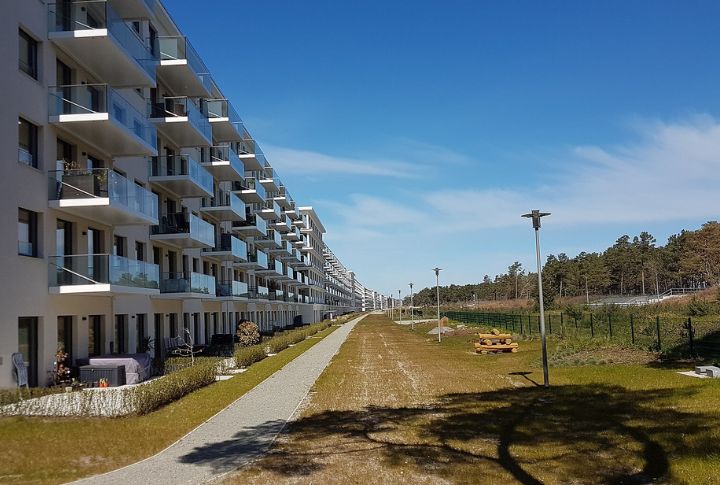
Starting in 2004, the complex was sold in sections and redeveloped. By 2011, parts had become a youth hostel and holiday apartments. Today, Prora is a controversial but active resort area with modern housing, hotels, and cafes. Developers preserved much of the exterior while reimagining the interiors for leisure and tourism.
Before: Hadlow Tower – Kent, UK

Built in 1838 as part of Hadlow Castle, this 170-foot Gothic tower became a local landmark. It was the tallest of its kind in the UK. Years of damage, especially after a 1987 storm, left it unstable and forgotten, despite its architectural significance and status as a Grade I listed building.
After

In 2013, the Vivat Trust completed a major restoration with help from public grants, including £2.6 million from the Heritage Lottery Fund. Financial difficulties forced the Trust to sell in 2015. Bought privately for further renovation, the tower’s future remains uncertain but it stands fully restored and protected.
Before: Bodmin Jail – Cornwall, UK
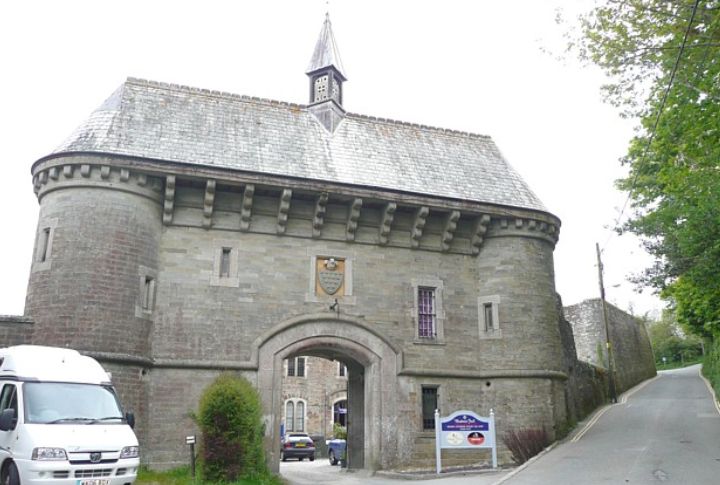
Bodmin Jail was built in 1779, originally housing debtors and petty criminals. Its grim history included public executions, the last in 1909. After closing in 1927, the structure was neglected for decades, its thick stone walls and shadowy halls a haunting presence in the Cornish countryside.
After

Restored and reopened as a luxury hotel with 70 rooms, Bodmin Jail now features a stylish restaurant, bar, and spa. Former cells were transformed into suites, and the governor’s office became a lounge. An adjoining museum explores the jail’s darker chapters, offering guests a mix of comfort and local history.
Before: Inujima Copper Refinery – Okayama Prefecture, Japan
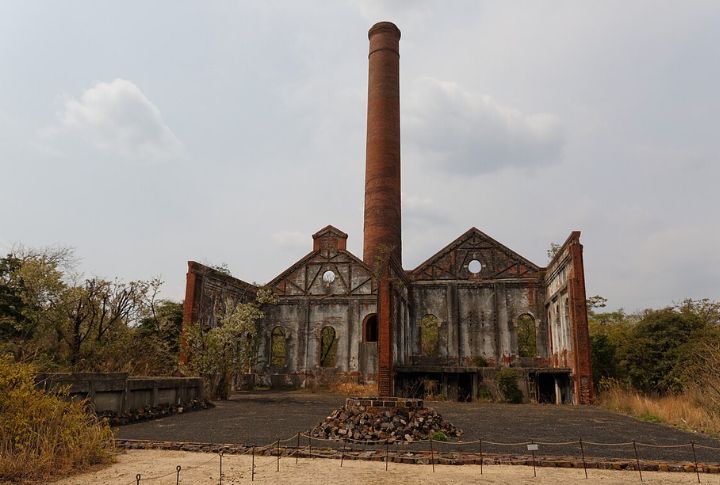
Once a granite quarry, Inujima became a copper refinery in 1909 but shut down by 1919 due to falling prices. The island lost most of its population, and the plant’s red-brick ruins and smokestacks slowly deteriorated. For nearly a century, Inujima stood as a quiet remnant of rapid industrial change.
After
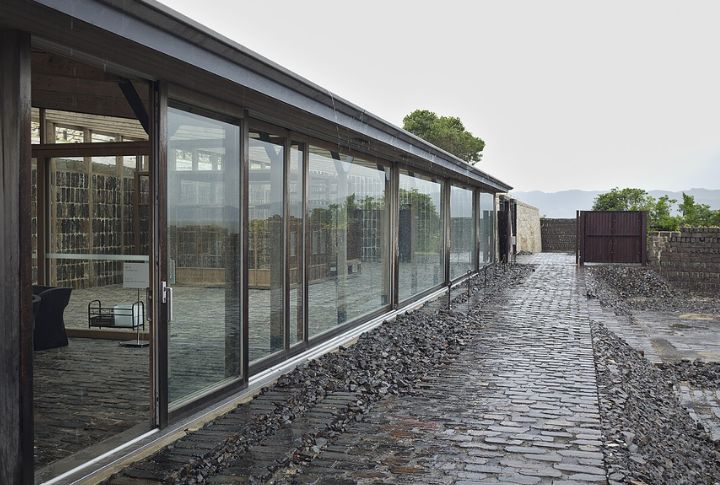
In 2008, the refinery site reopened as the Inujima Seirensho Art Museum. Built largely underground and using reclaimed materials, the museum became a centerpiece of the Setouchi Triennale. Its design embraces the decaying structures and environmental themes, helping revive the island through art and cultural tourism.
Before: The Zwarte Silo – Deventer, the Netherlands
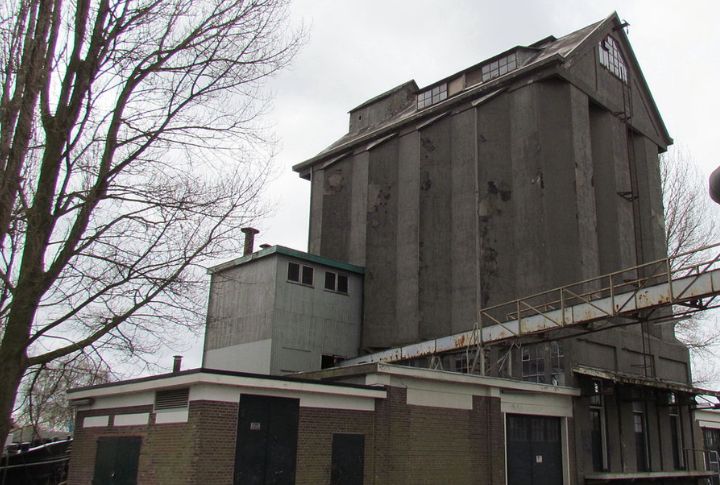
Constructed in 1923, the Zwarte Silo once stored grain at Deventer’s harbor. For decades, it was a key part of the city’s economy. By the 1990s, the silo and nearby warehouses were empty and aging. The dark, utilitarian space had lost its connection to daily life.
After

In 2015, the silo reopened as a modern food hall following a redesign by Dutch architects Wenink Holtkamp. Retaining its industrial frame, the space now includes eateries, event venues, and harbor-view windows. Alongside restored adjacent buildings, it forms a vibrant hub for locals and tourists in Deventer’s redeveloped waterfront.
Before: Michigan Central Station – Detroit, Michigan, USA

Once Detroit’s grandest train terminal, Michigan Central Station opened in 1913 and welcomed millions through its Beaux-Arts halls. By the 1980s, passenger rail faded, and the station stood abandoned, becoming a symbol of the city’s decline. Its broken windows and graffiti-marked columns made it a modern-day ruin.
After
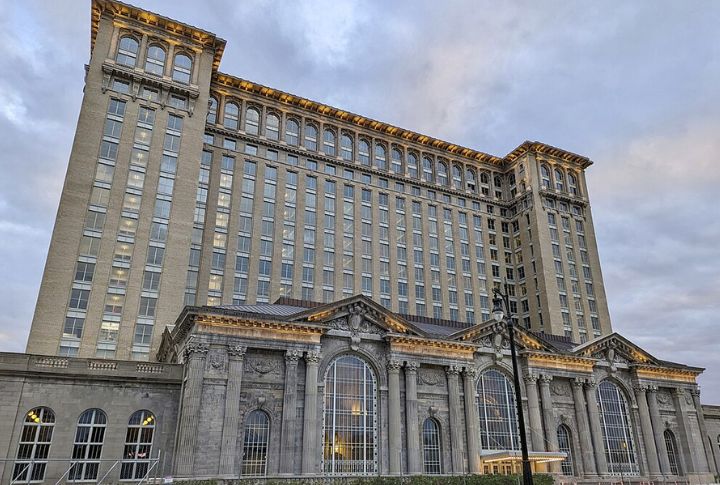
In 2018, Ford bought the station and launched a restoration. By 2023, its grand concourse gleamed again, now part of a high-tech mobility innovation hub. With coworking spaces and smart infrastructure labs, the once-vacant landmark now fuels Detroit’s future rather than haunting its past.
Before: Gasometers of Vienna – Vienna, Austria
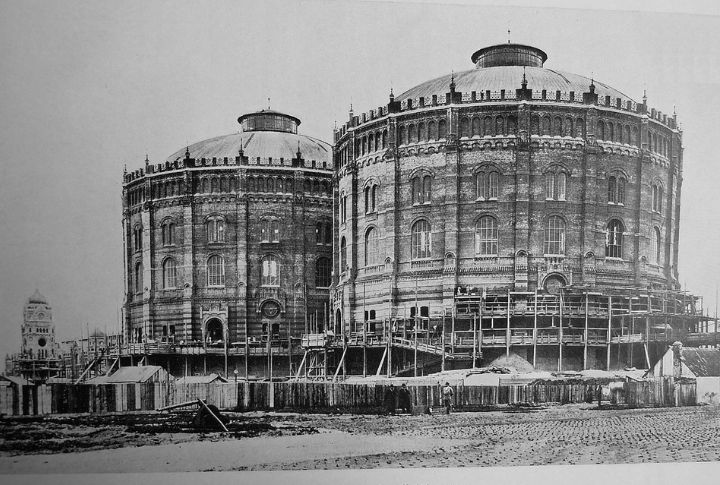
Built between 1896 and 1899, these four massive brick gas tanks once stored Vienna’s city gas supply. By 1984, they were decommissioned and sat idle as vast, hollow shells on the city’s fringe. For years, their fate remained uncertain despite their protected heritage status.
After
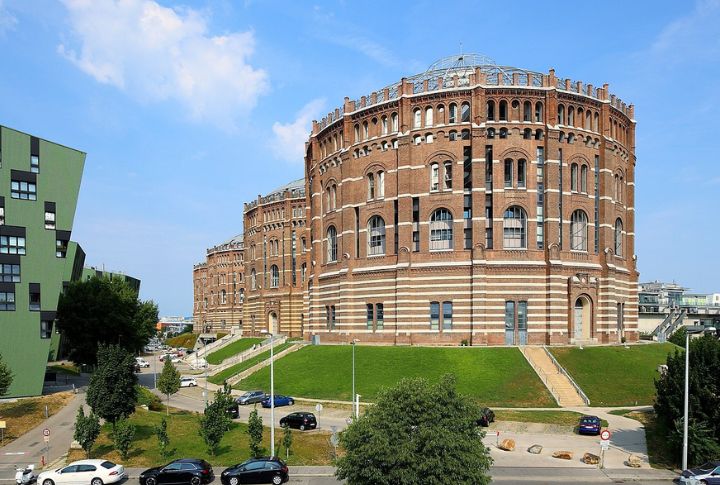
Reopened in the early 2000s, the Gasometers became a thriving urban complex. Each cylindrical tower now holds apartments, student housing, a concert hall, offices, and a shopping center. Architects preserved the outer shells while crafting futuristic interiors. The transformation created a city-within-a-city inside four industrial giants.

